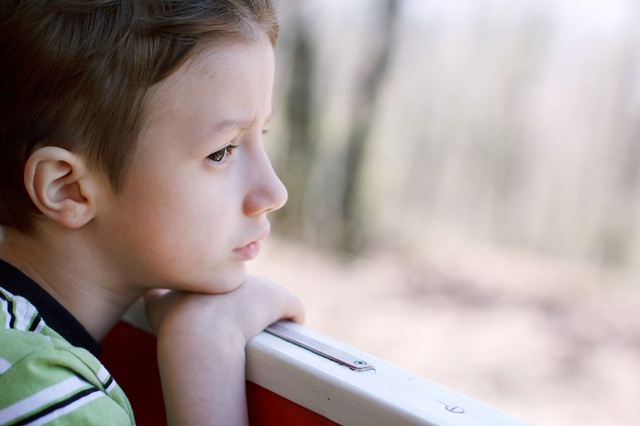According to the most recent data released by the National Center for Education Statistics this January, Georgia’s high school graduation rate is still one of the lowest in the nation at 72 percent, despite good improvement over the last two years. Only three states and the District of Columbia have a lower graduation rate than Georgia. Compare this to such states as Nebraska, New Jersey, North Dakota, Texas, and Wisconsin, which all have a graduation rate of 88, and Iowa which leads the pack at 90.
Georgia’s struggles don’t end with its graduation rate. Education Week released the latest report cards for each state this January in the categories of Chance-for-Success, School Finance, and K-12 Achievement in its 19th annual Quality Counts – Preparing to Launch: Early Childhood’s Academic Countdown. Georgia earned a grade of C-Minus and a ranking of 31st overall amongst the 50 states, based on its rankings of 37th, 31st, and 17th in each respective category. Georgia is below the nation as a whole, which earned a grade of C.
It would be one thing if Georgia ranked near the middle of the pack in a country whose educational outcomes far exceeded those of other developing countries around the world. However, when comparing how the U.S. education system stacks up on the international playing field, the results are not promising.
The Programme for International Student Assessment (PISA) assessed the competencies of 15-year-olds in reading, mathematics, and science in 65 countries and economies in 2012. Among the 34 countries who are members of the Organisation for Economic Co-operation and Development (OECD), the U.S. performed below average in mathematics, ranking 27th, and close to the OECD average in reading and science, ranking 17th and 20th respectively. According to PISA, U.S. students’ performance has not changed significantly over time despite the U.S. spending more per student than most countries.
So, what do these statistics teach us?
If Georgia stands in the middle of the pack when compared to other states in educating our children, in a country that is in the middle-to-the-back of the pack among developed countries, it’s safe to conclude that as a state we are failing to produce the level of excellence we desire for our children in an increasingly globalized economy.
Far too many students are stuck in failing schools that stifle them from reaching their full potential simply because their zip code affords them no other options. As a state, we cannot afford to let students spend another day in a failing school. The cost is too high individually and collectively.
Mediocre results call for a change in the status quo. Instead of keeping the same old system that is failing to produce the outcomes we hope to see, why not try a different strategy?

